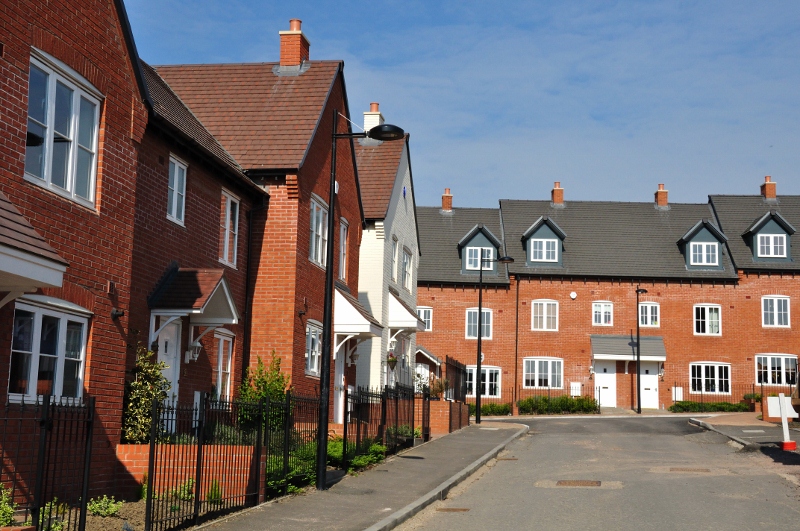A new cost-benefit analysis published by the Building Research Establishment (BRE) has revealed that remedial work to England’s poorest housing could provide £135.5 billion in societal benefits over the next 30 years.
These benefits include savings to the NHS, lower energy bills and carbon emissions, higher asset values and improved economic opportunities as a result of better health.
BRE’s latest report updates its 2021 research and outlines a 30-year cost-benefit analysis of the impact of improving poor housing in England’. The Cost of Ignoring Poor Housing quantifies the enormous cost burden of England’s poor housing to wider society.
It is costing the NHS more than £1 billion per year to treat people who are affected by poor housing.

For the 2.4 million homes in England identified as having one of the most serious health and safety hazards, remedial works would cost £9bn. If all this work could be undertaken immediately, there would be accrued benefits of £135.5bn over the next 30 years. This includes £13bn of savings to the NHS. Currently, the NHS is estimated to be spending over £1bn a year on treating people affected by poor quality housing. Based only on the NHS savings, let alone the wider benefits, the £9bn investment would pay for itself within 9 years.
It is unlikely to be practically possible to identify and undertake all the work required to make England’s housing stock healthy and safe immediately. To help target action, and as part of its latest report, BRE has designed a cost-benefit model that can be used to assess the costs and benefits of taking action on different hazards under different scenarios.
According to BRE’s research, improving the 65,000 homes with a Category 1 damp and mould hazard would only cost £250mn, unlocking £4.8bn in societal benefit over the next 30 years if this work was to be undertaken immediately.
Gillian Charlesworth, CEO, BRE, commented: “Our analysis is a clear signal to policymakers that investing in the health and safety of England’s poor housing will deliver significant, long-term economic and societal benefits. Up until now, no serious attempt has been made to examine and quantify the longer-term costs and benefits if the worst health and safety hazards were removed from England’s substandard housing.
“Improving poor housing has huge implications for the life chances of the families who live in those homes, and benefits to society as a whole. Whether it’s a young family living with cold, damp and mould, or an older person at risk from falls, nobody should live in a home that’s unsafe. But our research shows there is much more than a moral case for tackling unsafe homes. There is also a powerful economic argument for England and the UK to deliver the improvements needed, through targeted and timely programmes of work to reap the financial payback.
“By building on our previous research, we hope to further inform local and national government where the most problematic homes are and provide a foundation for dedicating strategic resources to remediate poor housing for the benefit of individuals, the national economy, and wider society.”
Linked to the launch of the new report, the Healthy Homes and Buildings APPG, together with the BRE, has unveiled the Healthy Homes Healthy Britain campaign and Healthy Homes Manifesto to embed health and wellbeing principles in future policy for future generations and call for positive change.
The Healthy Homes Healthy Britain Manifesto calls on all parties, future legislators and policymakers to recognise that serious, and sometimes, fatal health problems are being generated by the UK’s unhealthy homes and buildings.
Chair of the Healthy Homes and Buildings APPG, Jim Shannon MP said: “The status quo is simply not sustainable. We need to act NOW to increase the standard, quality, energy efficiency and health and wellbeing benefits in new and existing homes across the UK.
“The HHHB campaign is about making sure everyone has the right to live in a healthy home. All legislators and policymakers need to put health and well-being principles first for future generations. It is no longer acceptable to ignore the inextricable link between health and housing. We must ensure that our homes no longer cause or exacerbate poor health and wellbeing.
“We are confident that this is a campaign which will raise awareness and win support from all parties - and most of all realise positive change.”




















